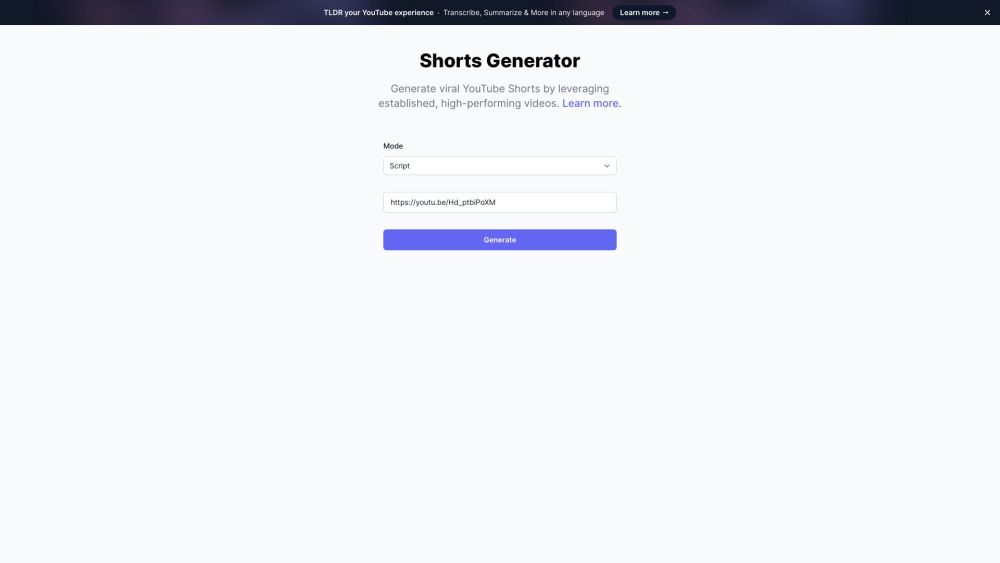OpenAI Launches DALL-E 3: Enhanced AI Image Generation Integrated with ChatGPT
Most people like

Noota is an advanced AI assistant designed to streamline your workflow by automating note-taking and producing comprehensive meeting reports effortlessly.

Unlock the potential of your established video content by transforming it into captivating YouTube Shorts. These engaging, bite-sized clips can significantly boost your reach and attract new audiences to your channel. By repurposing highlights or memorable moments from your longer videos, you can create viral Shorts that captivate viewers and encourage sharing. Discover how to leverage your existing assets to maximize impact and foster growth on your YouTube channel.

Unlock your content potential with our AI writing assistant, designed to enhance your writing efficiency and improve the quality of your outputs. Experience faster, more effective content creation that captivates your audience and meets your goals effortlessly.

Transform Your URLs with Our AI Video Platform
In today’s digital landscape, the need for seamless content creation and effective URL management is more important than ever. Our innovative AI video platform specializes in transforming URLs, making it easier for users to share and access their favorite videos with just a click. Whether you’re a content creator looking to enhance your online presence or a brand aiming to optimize your video marketing strategy, our platform offers cutting-edge tools to streamline the process and boost engagement. Discover how our AI-powered solutions can elevate your video content and improve your URL transformation efforts today!
Find AI tools in YBX

